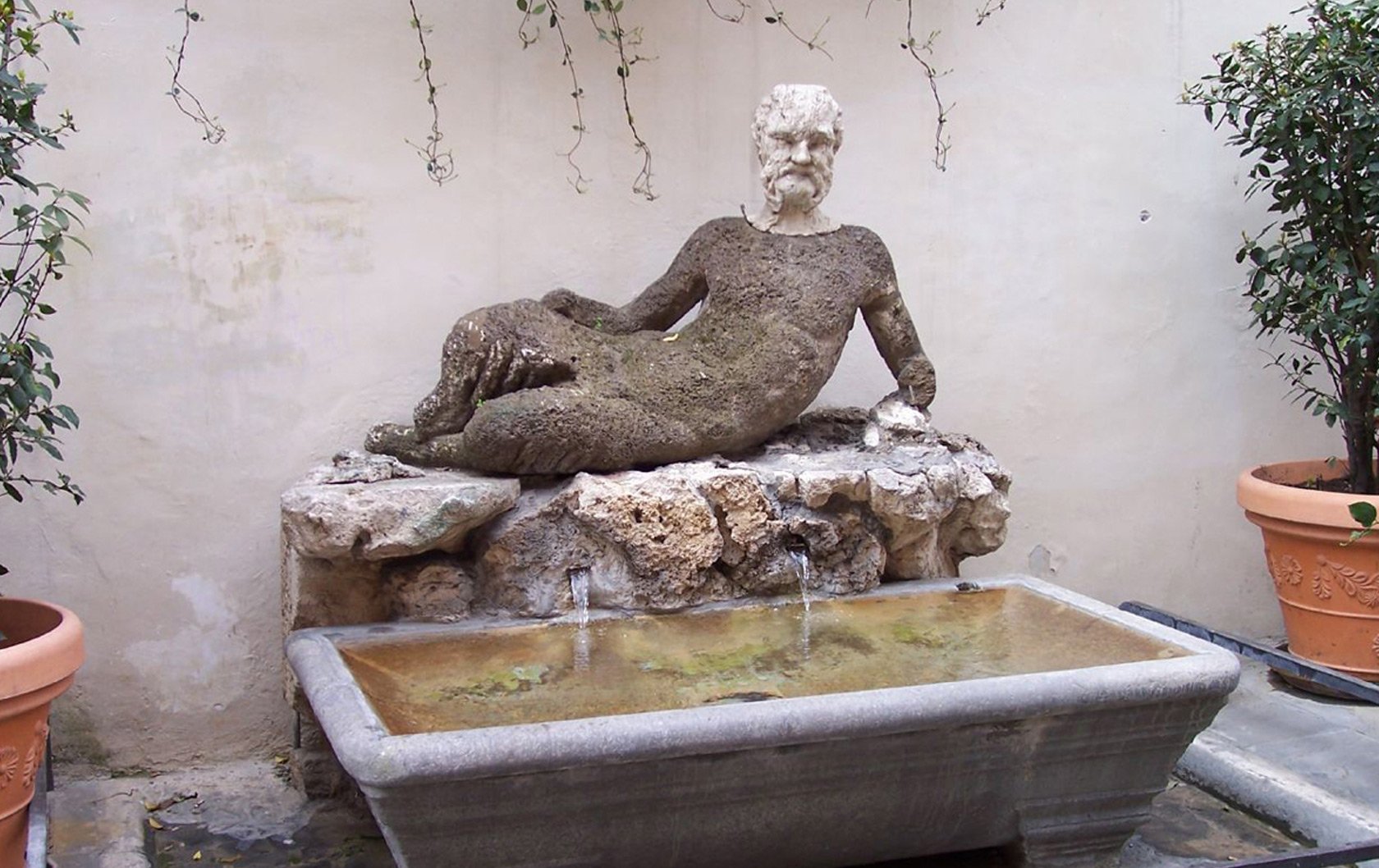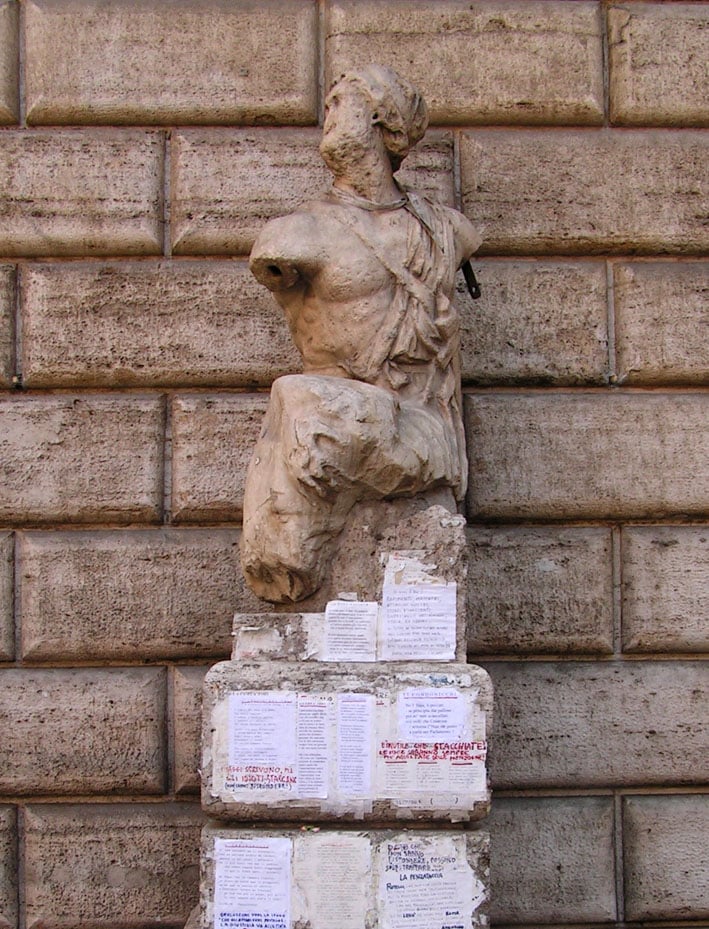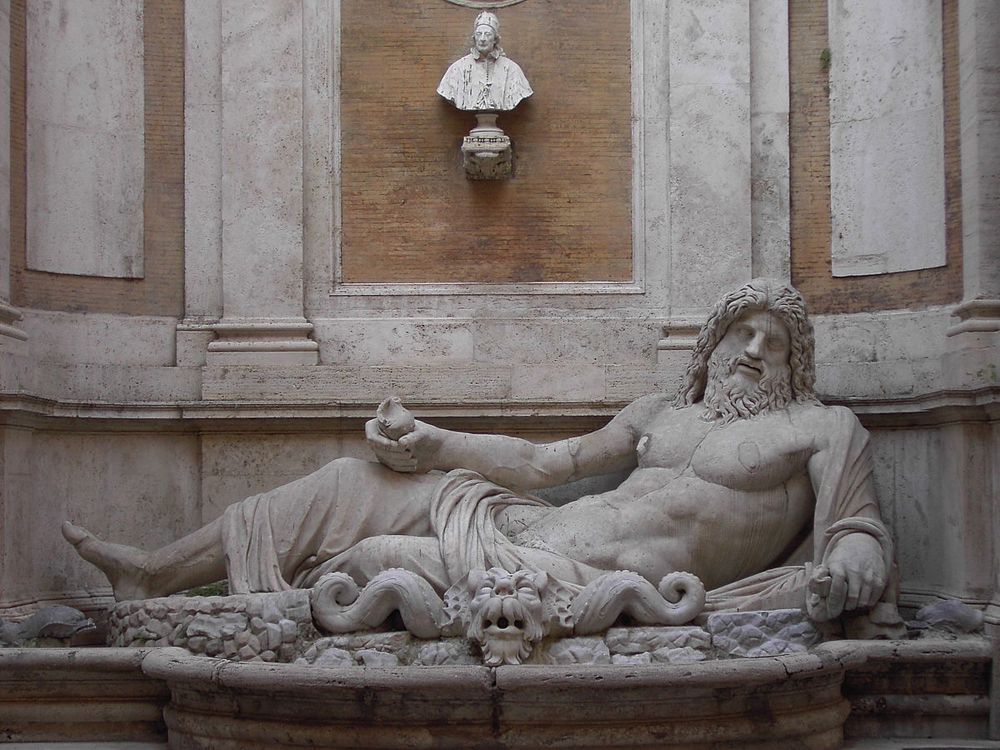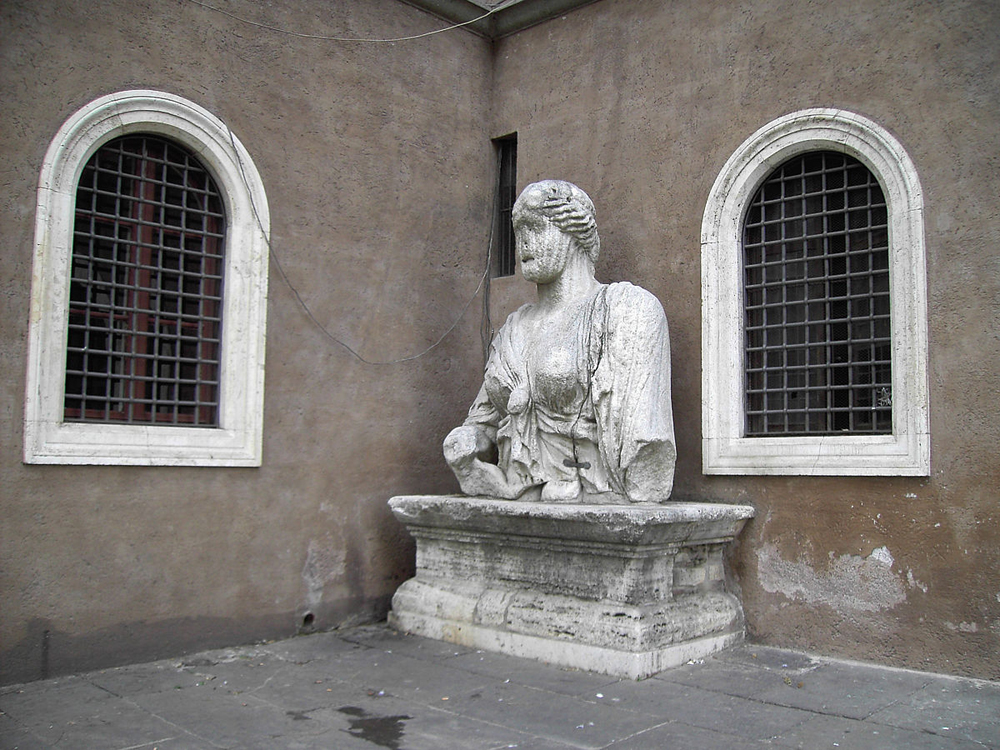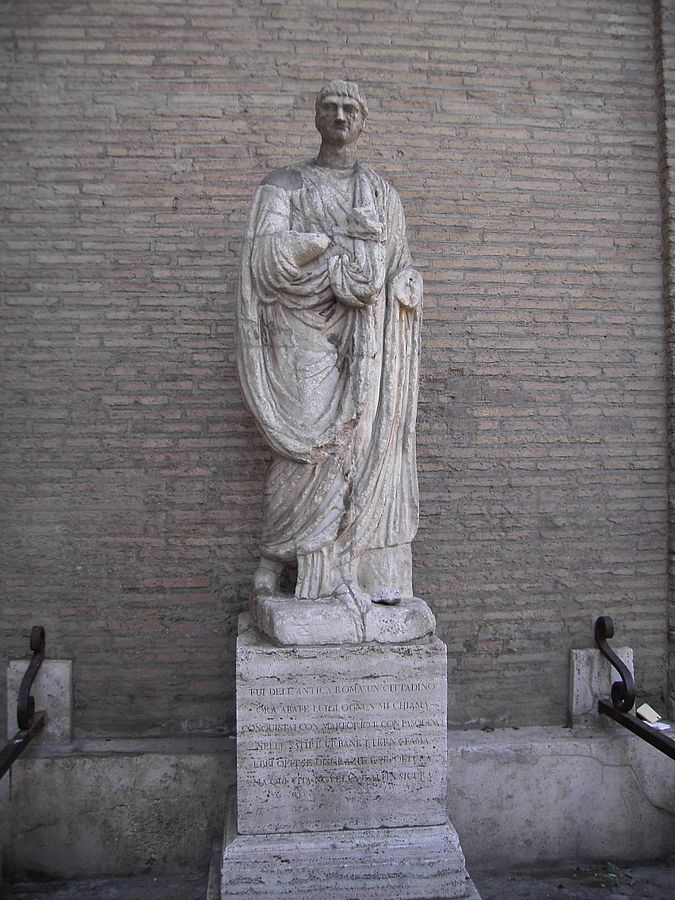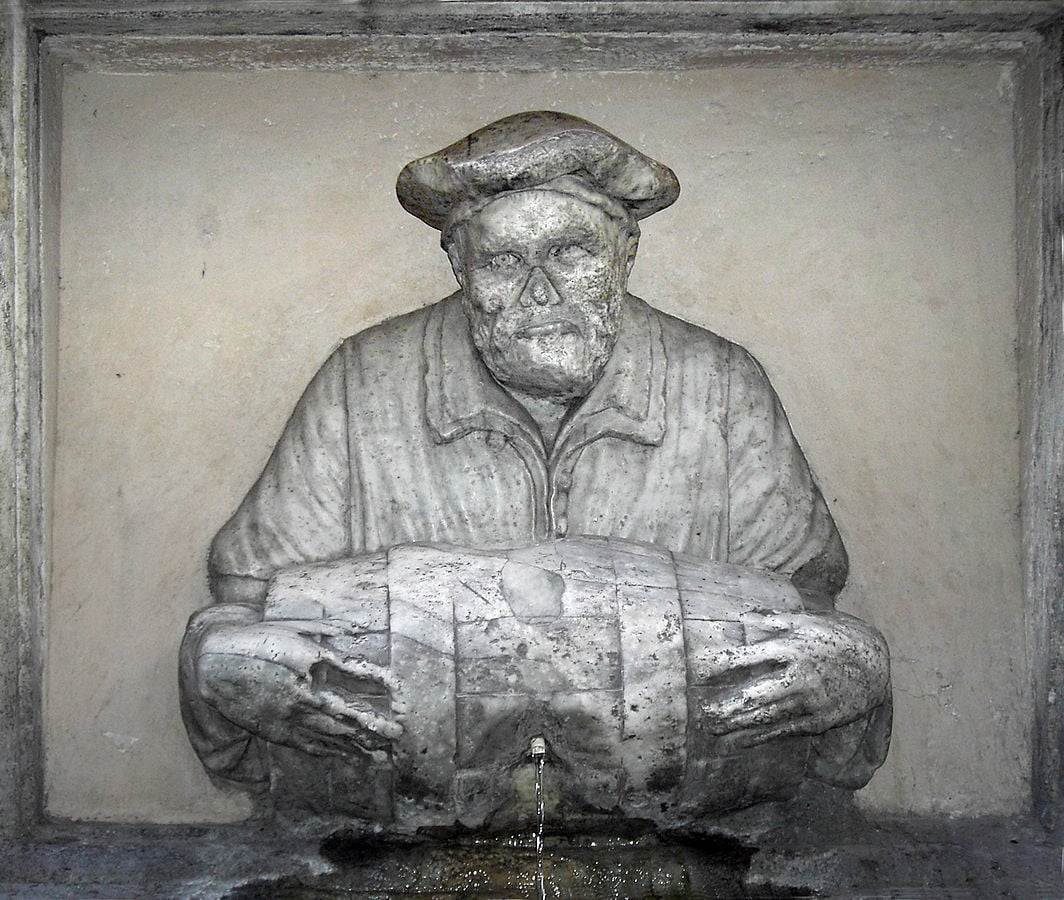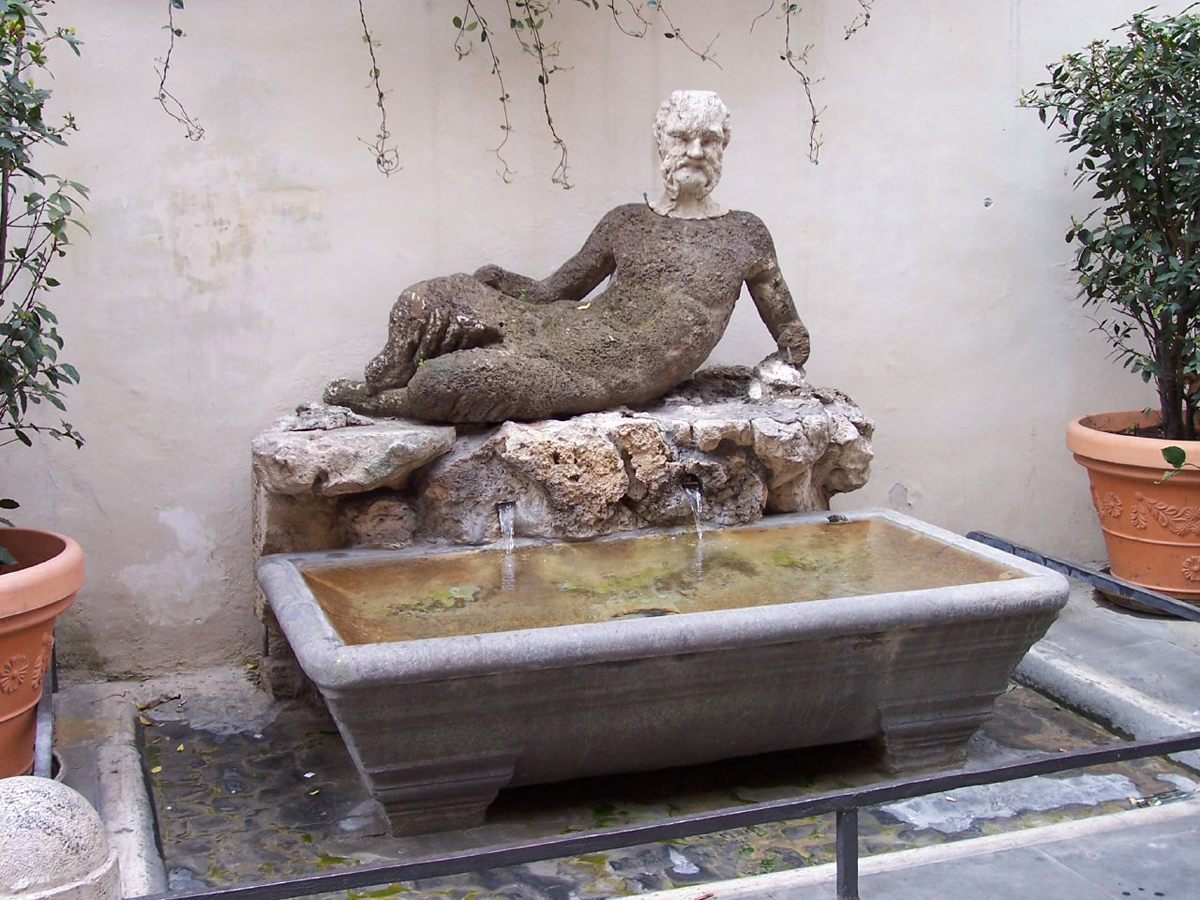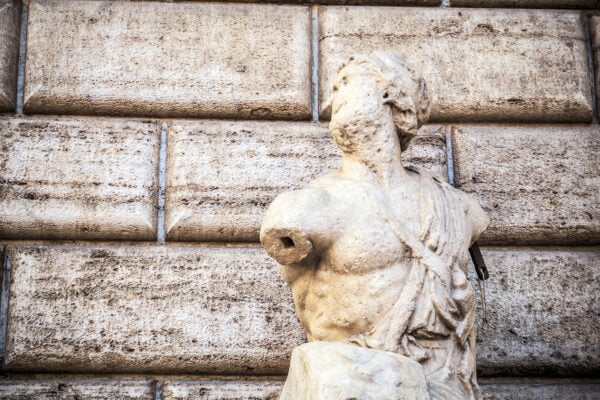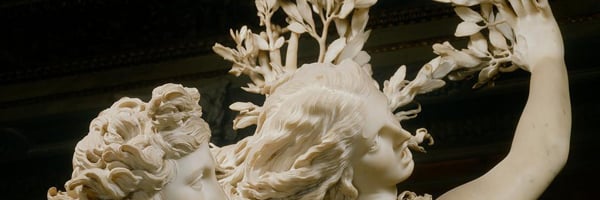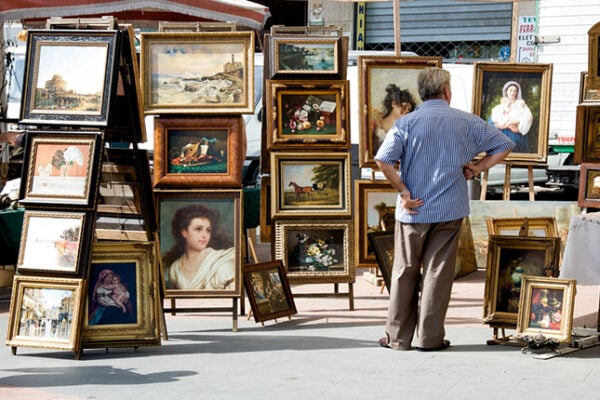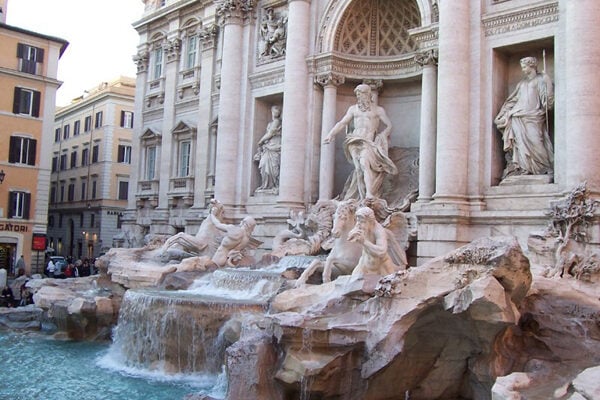The talking statues of Rome acted as avatars for the voices of the people, the dissidents and outliers who fell between the cracks of the Pope’s rule, that could voice their opinions by posting notes on these well-known marble figures. In the early 14th century the Pope ascended to power as King of the Roman Empire. In response to his seemingly limitless power, the Romans of the day created an early form of social media subversion that echoes through the centuries to today’s electronic media managed uprisings.
Satirical poems and polemics were posted on Pasquino, a weathered statue of Melanus King of Sparta from the 3rd century that was unearthed in the 14th century. It was the first talking statue, now found in the eponymous Piazza del Pasquino. We named our Pasquino vacation rental after it. You can see the statue from the living room window.
Romans post notes on the pedestal or hang placards from the necks of the Talking Statues. Their satirical messages originally lampooned the Pope or the king. The tradition continues to this day as Romans still post messages on these famous statues about today’s politicians. The etymology of the word “pasquinade,” meaning public satire, is traced back to the name of the this statue.
Pasquino is the leader of ‘Congress of Wits’, a handful of historic statues that form a pre modern social media network.
Quod non fecerunt Barbari
fecerunt Barberini.
What the Barbarians did not do
the Barberini did.
This famous pasquinade mocks Pope Urban VIII, a Barberini pope, for melting down the bronze tiles of Pantheon to be used on the Baldaccino canopy now found in St. Peter’s baslica. The biting remarks of the talking statues were feared by the powerful and the witticisms were published in anthologies and appreciated throughout Europe.
Marforio is located in Campo Nuovo di Campidoglio.
Marforio: Dimmi: che fai Pasquino? (Pasquino, tell me: what are you doing?)
Pasquino: Eh, guardo Roma, chè non vada a Urbino. (I watch over Rome, to make sure it’s not moved to Urbino.)
Madama Lucrezia, near Chiesa di S. Marco, is a mutilated marble bust of a Priestess of Isis. The lone female voice in the choir of shrewdness.
l’Abate Luigi is near S.Andrea della Valle.
Il Facchino, the porter, is on Via del Corso.
Il Babuino, the baboon, is the worn statue of Silenus, the drunken friend of Dionysus. Located on Via del Babuino, between the Spanish Steps and Piazza del Popolo.
